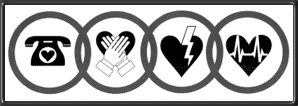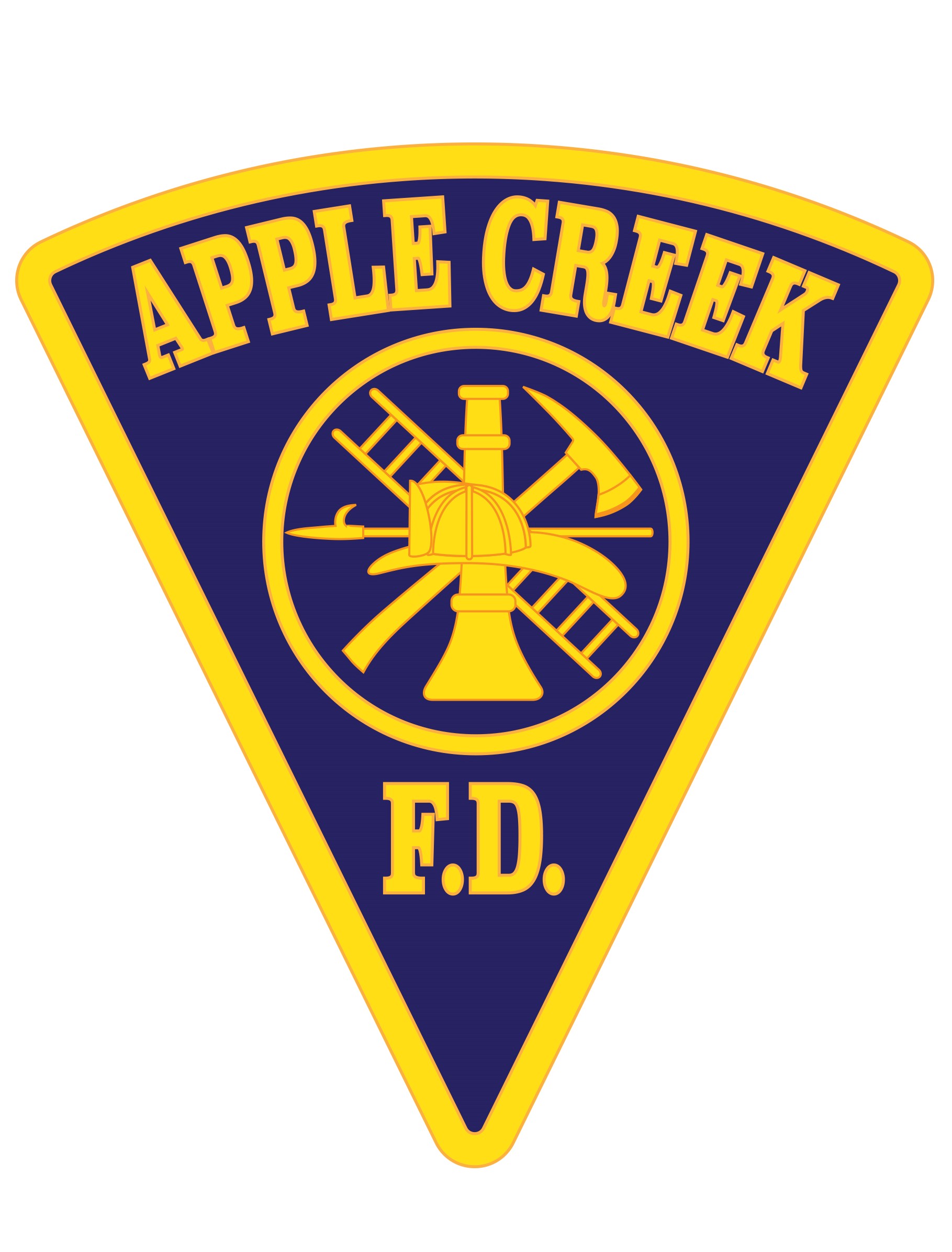|
What is CPR?
CPR stands for CardioPulmonary Resuscitation.
The procedure is provided to those whose heart suddenly stops beating and can no longer effectively pump blood through the body. Doing CPR artificially circulates blood to vital organs, which can sustain them until a defibrillator and advanced treatment is available.
CPR by itself will only save 5-7% of the victims if applied within 10 minutes of cardiac arrest. However, if you have an Automated External Defibrillator (AED) the survival rates increase 50-90%. If you or a loved one has heart disease or if your family has a history you should consider investing in an AED (Automated External Defibrillator). It could make the difference between life and death.
What is The Chain of Survival?

Early Recognition and Early Access. The sooner 9-1-1 or your local emergency number is called, the sooner early advanced life support arrives.
Early CPR. Early CPR helps circulate blood that contains oxygen to the vital organs until an Automated External Defibrillator (AED) is ready for use or advanced medical personnel arrive.
Early Defibrillation. Most victims of sudden cardiac arrest need an electric shock called defibrillation to restore the heart to a regular rhythm. Each minute that defibrillation is delayed reduces the victim's chance of survival by about 10 percent.
Early Advanced Life Support. This is given by trained medical personnel who provide further care and transport to hospital facilities.
The ABC's of CPR
The first step of CPR is to assess the victim and check responsiveness. Gently shake the victim and shout, "Are you OK?" If the person answers, CPR is not needed. If the person is unresponsive or conscious and showing signs of a stroke or heart attack, call 9-1-1 immediately and initiate the ABC's which include:
A-Airway - If the person is unresponsive, open the airway as soon as you've called 911. If the victim has no head or neck injuries, gently tilt the head back by lifting the chin with one hand and pushing down on the forehead with the other. Place your ear near the mouth and listen and feel for breath while looking at the chest to see if it is rising and falling.
B-Breaths - If the person is not breathing normally, give two rescue breaths. Keeping the victim's head tilted, pinch the nose closed and place your mouth around their mouth. Give two slow, full breaths (about one second each), while watching to see that the chest rises with each breath. After delivering two breaths, check for signs of circulation, such as breathing, coughing, movement or responsiveness. Keeping the head tilted, once again place your ear near the mouth and listen, feel, and look for signs of breathing while you watch for movement. The American Heart Association does not recommend trying to find a pulse, which can be difficult for lay people and delay chest compressions.
C-Chest Compressions - If no circulation is detected, begin chest compressions. Place the heel of one hand in the center of the chest (right between the nipples), with the heel of the second hand on top. Position your body directly over your hands, elbows locked. Give 30 compressions by pushing the breastbone down about two inches, allowing the chest to return to normal between compressions. Pump at a rate of about 100/minute. After 30 compressions, make sure the victim's head is tilted, and give two more rescue breaths. Repeat this "pump and blow" cycle until help arrives.
NOTE: This ratio is the same for one-person & two-person CPR. In two-person CPR the person pumping the chest stops while the other gives mouth-to-mouth breathing.
When performing CPR, keep in mind that the person you are working on is clinically dead: You cannot make the situation any worse. Don't be afraid to put your whole weight behind each compression - a cracked rib can be repaired, dead brain cells cannot.

|
 Home History
Apparatus
Photos
Links Contact Us
Home History
Apparatus
Photos
Links Contact Us